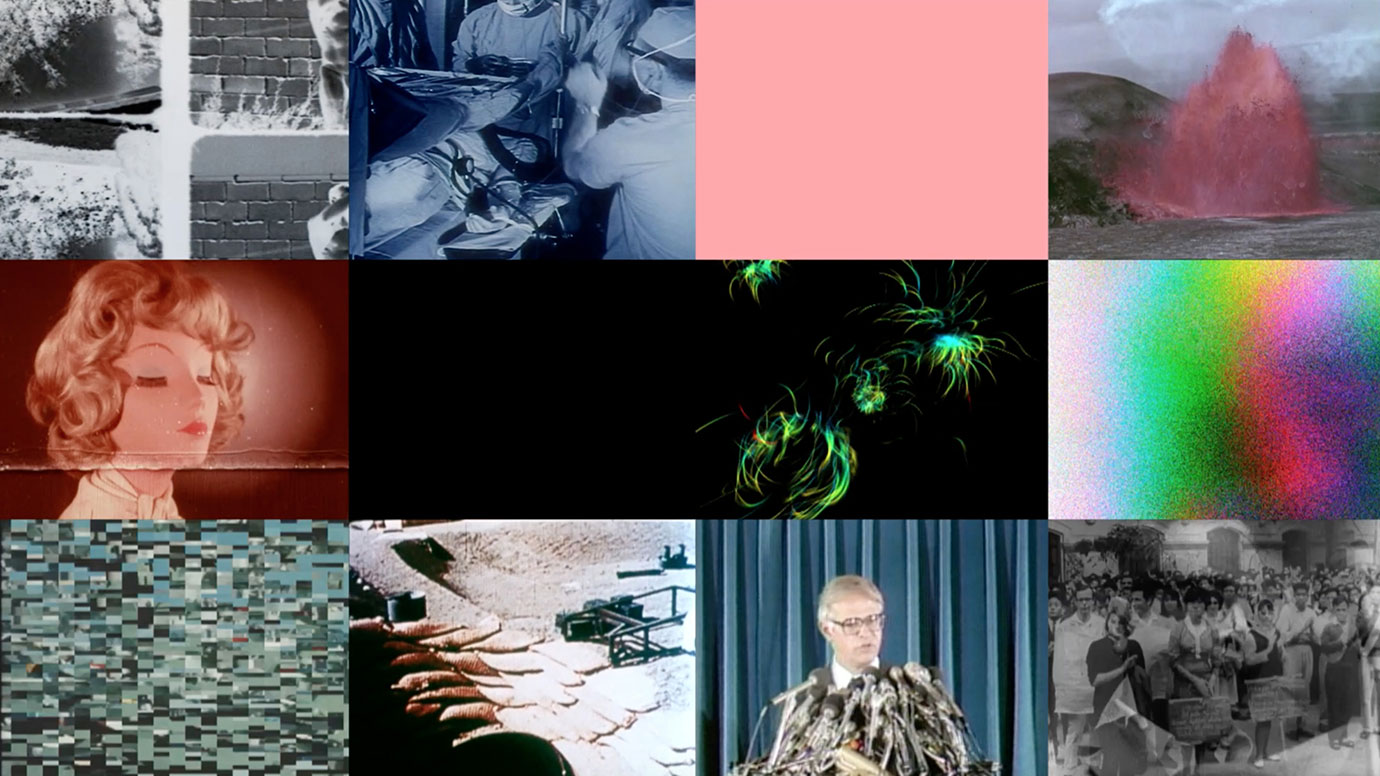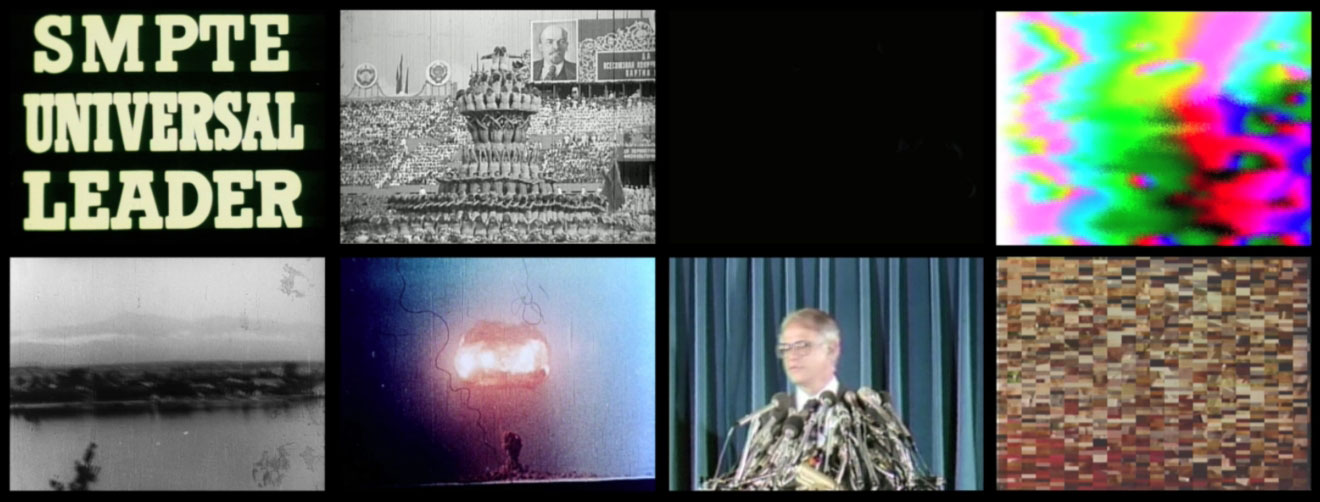PREVIEW: William E. Jones-Survey
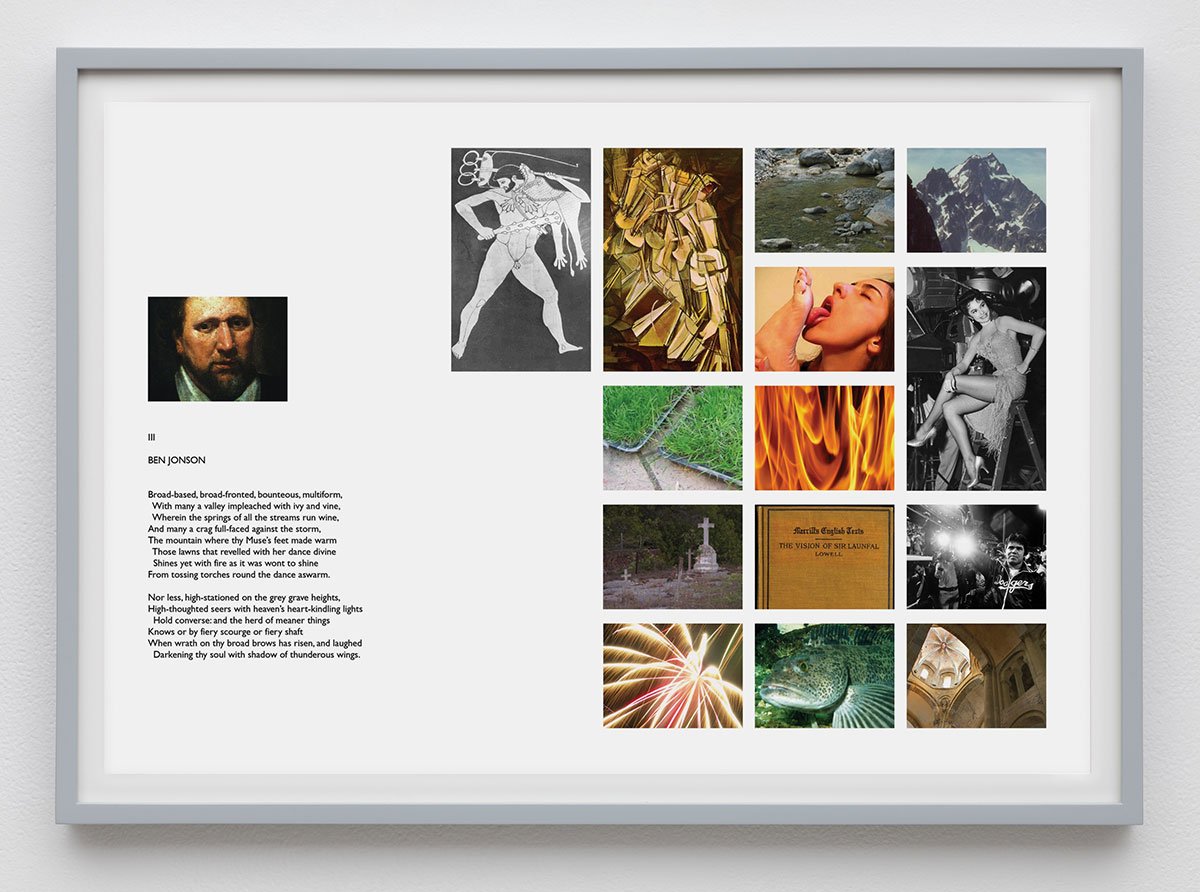 For over three decades William E. Jones has been producing films, videos, photographs, and books that re-examine existing cultural materials. While some of his sources are images and texts housed in archives, he is equally at home out in the world taking pictures and conducting interviews. He has explored the decline of America’s industrial Midwest, the representation of gay men in sources as diverse as Eastern European pornography and police surveillance footage, the psychedelic visual potential of Cold War military footage, and poetic connections between the randomized nature of the Internet and ancient philosophy.
For over three decades William E. Jones has been producing films, videos, photographs, and books that re-examine existing cultural materials. While some of his sources are images and texts housed in archives, he is equally at home out in the world taking pictures and conducting interviews. He has explored the decline of America’s industrial Midwest, the representation of gay men in sources as diverse as Eastern European pornography and police surveillance footage, the psychedelic visual potential of Cold War military footage, and poetic connections between the randomized nature of the Internet and ancient philosophy.
By Efi Michalarou
Photo: David Kordansky Gallery Archive

William E. Jones’ solo exhibition “Survey” features a representative selection of twelve videos divided among three simultaneous projections. Two projections account for a single program, mostly featuring works with sound, that repeats every other hour; the third is dedicated to “Rejected” (2017), a single silent work almost eight hours in length. William E. Jones is a Los Angeles-based artist, filmmaker, and writer whose work transcends traditional boundaries of genre and subject matter. His videos, which take a wide variety of forms, range from the documentary essay “The Fall of Communism as Seen in Gay Pornography” (1998) to kaleidoscopic arrangements of found footage like “Shoot Don’t Shoot” (2012) in which elaborate mathematical formulas are used to weave together archival material in bracing new ways. Jones occupies a stance in which formal experimentation is inseparable from sociopolitical critique, but his position cannot be reduced to platitudes of the sort that often characterize artists’ forays into charged or topical material. Rather, he seeks to immerse himself in the insoluble contradictions that rise to the surface when historical documents are excavated, rearranged according to new parameters, and seen in new contexts. For this reason, Jones has gravitated towards subjects that have been excised from the official record, whether willfully or due to neglect, collective amnesia, or simply the passage of time. Overt acts of excision sometimes come under scrutiny, as they do in “Rejected”, in which Jones weaves together 3,000-plus negatives commissioned—and later “killed”—by the Farm Security Administration during the Great Depression: a vertiginous series of zooms into and out of the black holes that were punched in the negatives to render them unusable for the FSA’s purposes. Much of the work Jones selected for inclusion in this survey focuses on foreign affairs. There is a particular emphasis on material related to Soviet-U.S. relations during and after the Cold War. Born during the 1962 Cuban Missile Crisis, Jones has gone on record about his once unfashionable and now unfortunately, prescient interest in this period, as well as anxiety about imminent nuclear war. These works begin with research and the identification of footage that hides in plain sight, buried in official repositories like the Library of Congress and National Archives of the United States, which also includes the CIA Film Library. The editing strategies to which Jones subjects these materials, however, render them unmistakably contemporary. In some videos, he creates dense, even stroboscopic, sequences in which color and pattern appear in new ways; the result of painstaking editing according to rigorous organizational systems, the videos transform pieces of the historical record into living things that evoke the shock, disorientation, and visceral pleasure felt by viewers of early cinema. Works like “The Soviet Army Prepares for Action in Afghanistan” (2011) and “Bay of Pigs” (2012) are also frank reminders that geopolitical processes put into motion during the Cold War never ceased, not during the years following the fall of the Berlin Wall and certainly not now. Perhaps because of the cross-genre nature of his interests—his work has received retrospectives at film festivals, taken shape in books as biography and fiction, and informed curatorial projects—Jones remains difficult to classify, a situation exacerbated by his willingness to openly critique the economic models by which art, literature, and ideas in general are disseminated in an increasingly market-driven society. In “Counterfeit” (2011) and “Model Workers” (2014), two videos in which minimal editing techniques are used to present appropriated materials in an unadorned and forthright way, monetary instruments themselves become centers of attention. The former is essentially a recut version of a film from the CIA Film Library about the counterfeiting process, while the latter is a slideshow-style presentation of figurative images appearing on paper currency from around the world. William E. Jones’ varied production is a testament to the degree to which he rethinks the role of the artist, as well as his critical stance toward a culture that undervalues commitment, intellectual engagement, and embodied personal connections.
Photo: William E. Jones, Algernon Charles Swinburne’s Sonnets on English Dramatic Poets (1590-1650) Automatically Illustrated (Detail view), 2009, suite of 21 Chromogenic prints, 11 1/2 x 17 3/4 inches (29.2 x 45.1 cm), Edition of 3, with 1 AP, © William E. Jones, Courtesy the artist and David Kordansky Gallery
Info: David Kordansky Gallery, 520 West 20th St, New York, NY, USA, Duration: 24/6-5/8/2022, Days & Hours: Tue-Sat 10:00-18:00 www.davidkordanskygallery.com/

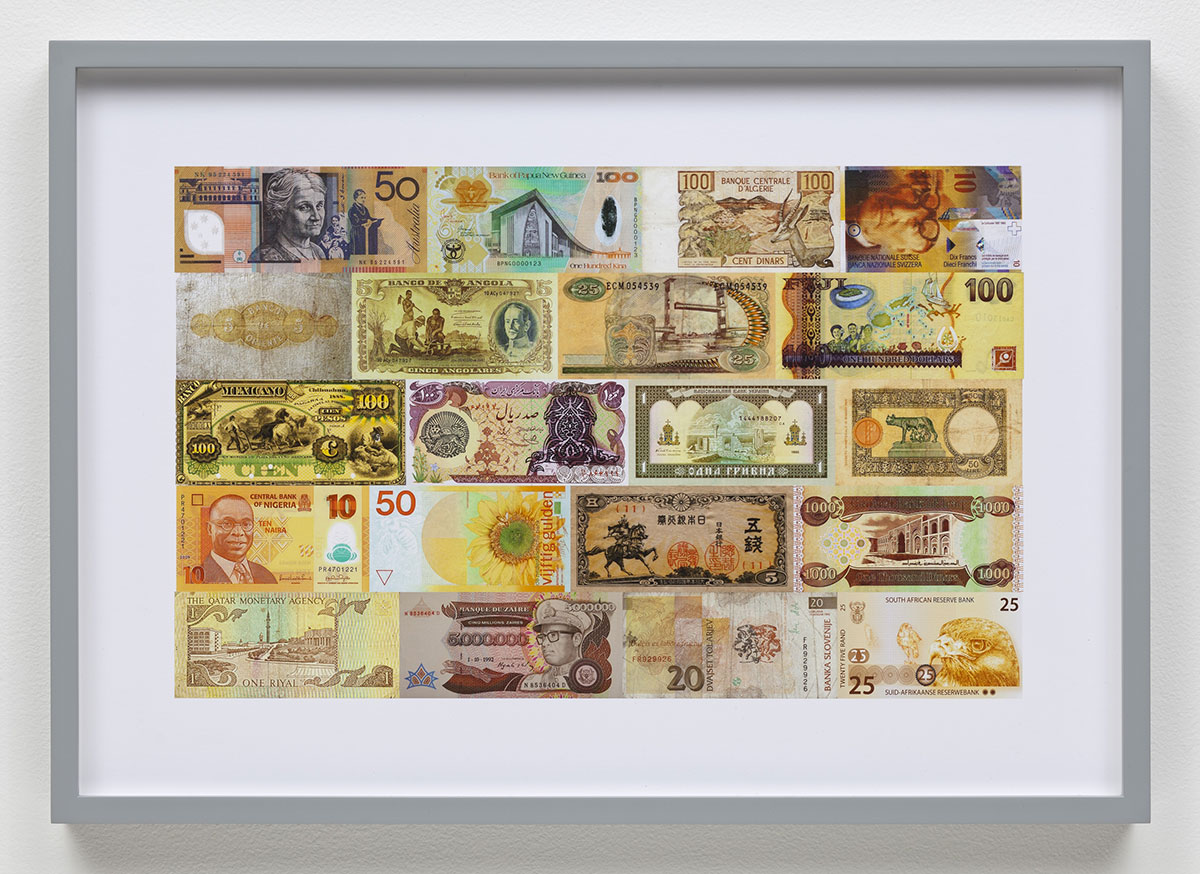
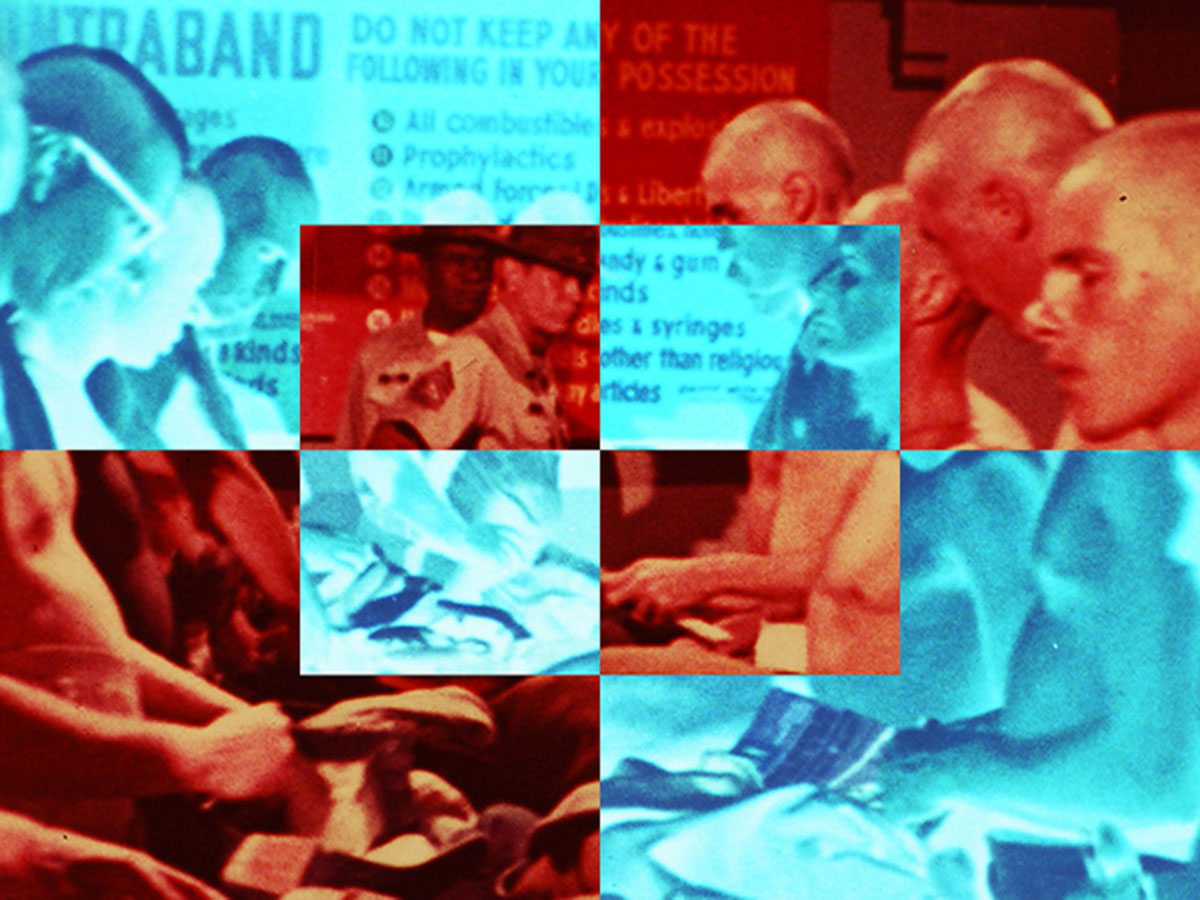
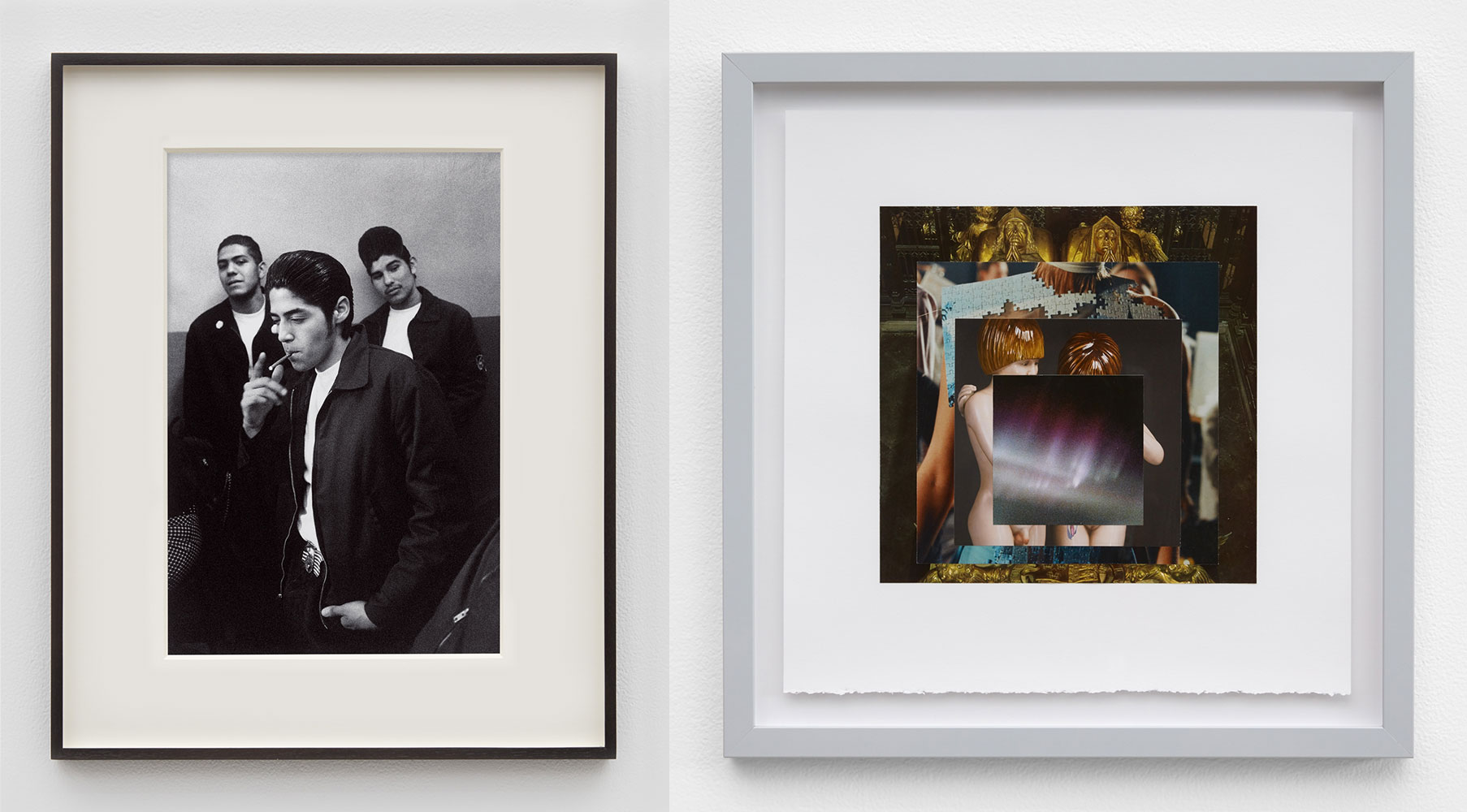
Right: William E. Jones, Homage to the Square 6 (Tomb of Henry VII—Alexander McQueen—Jeff Koons—aurora borealis), 2019, Collage, 15 x 15 inches (38.1 x 38.1 cm), framed: 18 5/8 x 18 1/4 x 1 1/8 inches (47.3 x 46.4 x 2.9 cm) , © William E. Jones, Courtesy the artist and David Kordansky Gallery
